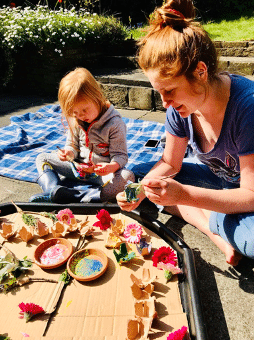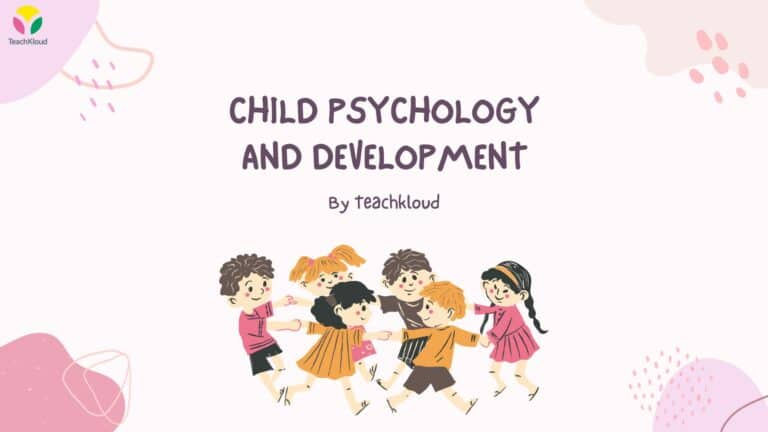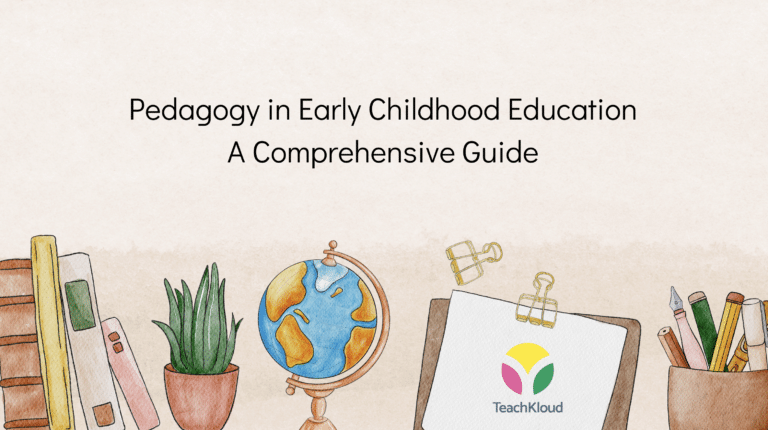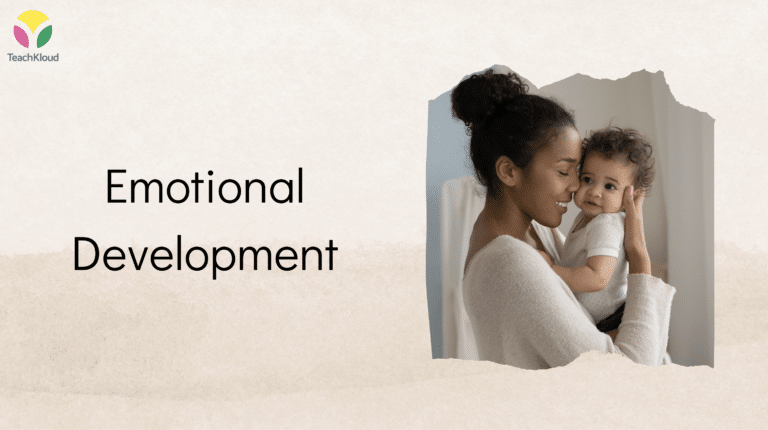Loose Parts Play
When children interact with loose parts, they enter a world of “what if” that promotes the type of thinking that leads to problem solving and theoretical reasoning. Loose parts enhance children’s ability to think imaginatively and see solutions, and they bring a sense of adventure and excitement to children’s play.
(Daily and Beloglovsky, 2015).
Brief history of Loose Parts Play
Loose Parts Play has been around for as long as children have been playing. Think back to when you were a child. What do you remember? Maybe hunting for acorn tops to use as hats for fairies, or collecting shells on the beach? Perhaps you remember creating forts with sticks and rocks? Without realising, you were engaging in Loose Parts Play. Loose Parts Play is a natural and organic way that children use and manipulate materials around them.
The father of loose parts play, and the man that coined the phrase, is architect Simon Nicholson.
In his article, How Not to Cheat Children The Theory of Loose Parts, Nicholson argues that creativity is “not just a characteristic of a gifted few” and that all children are playful and inquisitive when given the opportunity (Nicholson, 1971).
Nicholson believed that by giving children access to a range of loose parts they would reach their creative and inventive potential. He argued that:
“In any environment, both the degree of inventiveness and creativity, and the possibility of discovery, are directly proportional to the number and kind of variables in it” (Nicholson, 1971).
In simple terms, the more open-ended loose parts in the environment, the more creative and inventive children can be.
What is Loose Parts Play & why it matters?
Play is vital for children. Play allows children to make sense of the world around them, explore new ideas, learn how to interact with others and, most importantly, have fun. That is why we have created a video series on using Loose Parts in any educational settings, specifically with children here!
Play is important enough to be included in The United Nations Convention on the Rights of the Child. Article 31 states that children have the right to “engage in play and recreational activities”.
This means that as parents and educators, we have a duty to ensure that our children are given the opportunity to play in the most meaningful and beneficial way possible.
So, what exactly is play? Play England defines play as:
“a process that is freely chosen, personally directed and intrinsically motivated.” (Play England 2004).
Loose Parts Play supports this definition. It gives children control over their play and the opportunity to explore their environment in a way that is meaningful to them.
The Oxfordshire Play Association describes Loose Parts Play as involving:
“Items and materials that children and young people can move, adapt, control, change and manipulate within their play.” (Oxfordshire Play Association, 2015).
The items involved in Loose Parts Play do not have one set purpose and can be explored in many different ways. Each child may choose to explore loose parts in a totally different way.
A collection of stones may be used by one child to build a tower, by another child as an enclosure for animals and by another to create repeated patterns. All of these processes are of value.
Benefits of loose parts and open-ended play
Loose Parts Play addresses the needs of the whole child. It has a positive impact on:
- Physical activity
- Fun and enjoyment
- Mental health and emotional well being
- Social Development
- Cognitive Development
(Casey and Robertson, 2019)
Loose parts play is inclusive. The way that each child interacts with loose parts is different and therefore tailored to the ability and needs of that child.
Loose Parts Play allows children to follow their own lines of enquiry and to be creative. Several studies have shown that because of this there is a positive impact on children’s well-being and engagement leading to “lower levels of negative behaviour” (England, 2019).
We want to prepare our children for the future, but we have very little idea of what that future will look like. The world around us is constantly changing. If we think back to our own childhoods, we would never have imagined the advancements in technology that have taken place.
How can we prepare our children for the future if we have no idea what it will look like?
The answer to the question is this: rather than focusing only on imparting knowledge and content to our children we must also provide them with skills.
Loose Parts Play allows children to become “creative thinkers, intelligent problem solvers, and good communicators.” These are the skills that are vital in order to prepare our children for the unknown “challenges and opportunities of the future” (Daily and Beloglovsky, 2015).
The Statutory Framework for the Early Years Foundation Stage states that early years practitioners must create learning opportunities for children to develop the characteristics of effective learning. These characteristics are:
- Playing and Exploring
- Active Learning
- Creating and thinking critically
Loose Parts Play supports these characteristics. It encourages skills, questioning and engagement.
Loose Parts Play can also be used to develop children’s knowledge and understanding in specific areas of the curriculum.
The link between Loose Parts Play and maths is the most obvious. Loose Parts Play allows children to develop a deep understanding of many important early maths skills.
Daily and Beloglovsky advocate the use of loose parts for maths learning:
“Children acquire their first maths skills and understanding of numerical concepts when they manipulate small loose parts, like blocks and bottle caps, by sorting and classifying and combining and separating them” (Daily and Beloglovsky, 2015).
Although links to other specific areas of the curriculum may not initially appear as obvious, Loose Parts Play can be used to enhance learning across the whole curriculum.
Loose parts can be used to “promote language development when children use them as props to engage in rich conversations and storytelling with peers and adults” (Daily and Beloglovsky, 2015).
Loose parts support development of creativity as they have “no objective or outcome; children are free to follow any direction they want and to understand that there are endless possibilities.” (England, 2019).
Loose parts help children to understand the world and develop their scientific knowledge. As children play with and explore materials of different sizes, forms and functions they “gain deeper knowledge of how things work” and “test multiple hypothesis.” (Daily and Beloglovsky, 2015).
Play as a process / setting up the provocation
Children need to be able to access loose parts freely and independently.
Present small loose parts in baskets or trays. Place them on open shelving, ideally at the level of the children.
Ensure that loose parts are present both inside and outside the learning environment.
Tinker trays are great way to present small loose parts. They are trays divided into several compartments. Loose parts can be placed in the compartments and left out for children to explore. Muffin trays are a great household alternative to tinker trays.
Large loose parts are usually found outside, as most homes and schools have limited space. Again, make sure large loose parts are easily accessible for children. Provide items such as wheelbarrows, carts or buckets for children to transport large items around the space.
A provocation can be used to present loose parts to children. A provocation is a collection of open-ended resources presented in a way to promote “curiosity, wonder, engagement and discovery” (Daily and Beloglovsky, 2016). When creating a provocation ensure you include a variety of materials and textures and think carefully about how you present the items to appeal to your children.
Examples of common loose parts in the everyday learning environment
Loose parts can be split into two main categories – natural and man-made. Provide both natural and man-made loose parts in your learning environment to create a rich hands-on learning experience.
Natural loose parts include, but are not limited to, items such as: conkers, stones, shells, pinecones, acorns, seeds, sticks, feathers, leaves, sand, logs, tree stumps, bamboo.
Man-made loose parts include, but are not limited to, items such as: ribbon, buttons, glass pebbles, curtain rings, bottle tops, material, nuts and bolts, playdough, felt balls, cardboard boxes, cans, pipes, tyres, crates, guttering.
When thinking about the availability of loose parts in your learning environment it is important to consider their size. Ensure that both large and small loose parts are present. Large loose parts may be more difficult to store and look less appealing, but they are vital to Loose Parts Play. Children use large loose parts to create structures, dens and enclosures which they will then take the smaller loose parts into.
In his essay, The Ugly Side of Loose Parts, Marc Armitage advocates for the importance of large loose parts:
“‘Big loose parts’…are an essential element in a play setting if children are going to get the best out of using loose parts as these are the materials with which children make their own caves…The ‘small loose parts’ (such as beads and shells) are still important as they often act as the props that are taken ‘inside the cave’, contributing to a pretend play episode taking place there. But without the big ugly looking stuff the power in those more aesthetically pleasing, neat, tidy small loose parts is diminished.” (Armitage, 2018)
Risk assessment of loose parts
Loose parts are not toys bought in a shop. We can mitigate the risk of playing with loose parts, but we cannot remove the risk completely.
It is important to be mindful of the age of children in your setting when providing loose parts. Small loose parts present a choking hazard for young children. Supervise children at all times and provide items of an appropriate size for the age of the children.
Ensure loose parts are cleaned before being placed in your learning environment. Check for sharp edges on items such as wooden planks or guttering. Where appropriate sand down items and check frequently for any damaged items which should be removed.
Our role in children’s Loose Parts Play
As parents and educators, we are used to telling children what to do and how to think. However, in Loose Parts Play, the role of the adult is quite different.
We are not there to impart our knowledge or way of thinking onto children. We are there to provide learning opportunities and materials for children to access and explore in their own way and own time.
As educators we are under constant pressure to cover a large curriculum. Time is precious and we feel as though we constantly need to be moving onto the next thing. However, one of the main things we can provide for our children is time. Giving children time to complete their chosen project ensures they feel valued and accomplished (Daily and Beloglovsky, 2015).
It is our job to facilitate the children’s learning, but not to direct it. Create an enabling environment and provide children with resources to extend their play. Remember not to take control and always “wait to be invited to play” (Casey and Robertson, 2019)
If we are invited to play, questioning is one of the main tools we should use. Questions can be used to extend learning and encourage children to think about things differently.
Helping children to overcome difficulties or problems is a natural instinct. However, if a child is encountering difficulties don’t rush in to help. Let the child work out the problem themselves. This may take time, but the sense of achievement and self-worth will be greatly increased.
Where can we get loose parts from?
Loose parts are easily available and cost very little, or are even free.
Raid your recycling bins, sewing boxes, and charity shops. Save the ribbons from birthday and Christmas presents or the packaging from your latest online order.
Next time you go for a walk, to the park, or visit the beach take a basket with you to collect items that you find.
It is also worth reaching out to parents and guardians to ask for donations of loose parts.
The role of reflection
We need to constantly observe children in the learning environment. This will help us reflect on what is working and what is not.
Watch the children closely. What are they doing? What are they drawn to? What are they finding tricky? How could you adapt the loose parts in the environment to help them with their learning?
Always have a notebook with you to briefly record observations. Our days are busy and small observations can often get forgotten. Using a smart phone or tablet (with the appropriate safeguards in place) to take photographs is another quick and easy way to record an observation you may want to discuss later.
Remember the learning environment ultimately belongs to the children. They are the ones who use the space and interact with the materials in it. Talk to them about what they like and what they think needs to be changed. When given the opportunity to present their own views, even the youngest children will surprise you with the insightfulness of their thoughts.
Key tips / summary for educators and parents
- Loose Parts Play involves open-ended resources which can be moved and manipulated by children. The materials in Loose Parts Play have no defined use.
- Loose Parts Play has many benefits for children. It has a positive impact on children’s behaviour and learning.
- Loose parts can be natural or man-made, large or small. It is important to provide a wide range of loose parts.
- Loose parts are not toys and so present some risks. Always supervise children when playing with loose parts and ensure they are suitable for the age of the children.
- Create an enabling environment where children can access loose parts independently.
- Present loose parts in open baskets, tinker trays or in a provocation.
- Observe children playing with loose parts and always wait to be invited to join. Do not to take control of the play.
- Provisioning your setting with loose parts, even though they are humble, can be momentous.
(Daily and Beloglovsky, 2015)
Watch the Loose Parts Play Video Series
Bibliography
- Armitage, M. (2018) The Ugly Side of Loose Parts. Available at: https://www.marc-armitage.com/blog-archive/the-ugly-side-of-loose-parts_111s56
- Casy, T. and Robertson, J. (2019) Loose Parts Play A Tool Kit. Available at:
- https://www.inspiringscotland.org.uk/wp-content/uploads/2019/07/Loose-Parts-Play-Toolkit-2019-web.pdf
- Daily, L. and Beloglovsky, M. (2015) Loose Parts Inspiring Play in Young Children. St. Paul: Redleaf Press. https://books.google.ie/books?id=vC3oCAAAQBAJ&printsec=frontcover&dq=loose+parts+play&hl=en&sa=X&ved=2ahUKEwjm3dG39sbuAhXStHEKHbd2CTEQ6AEwAHoECAYQAg#v=onepage&q=loose%20parts%20play&f=false
- Daily, L. and Beloglovsky, M. (2016) Loose Parts 2 Inspiring Play with Infants and Toddlers. St. Paul: Redleaf Press.
- https://www.google.co.uk/books/edition/Loose_Parts_2/UMKqDAAAQBAJ?hl=en&gbpv=1&dq=loose+parts+invitation+to+play&printsec=frontcover
- England, L. (2019) Looking for Learning Loose Parts. London: Bloomsbury Publishing. https://books.google.ie/books?id=cWyoDwAAQBAJ&printsec=frontcover&dq=loose+parts+play&hl=en&sa=X&ved=2ahUKEwjm3dG39sbuAhXStHEKHbd2CTEQ6AEwAnoECAQQAg#v=onepage&q=loose%20parts%20play&f=false
- Nicholson, S. (1971) ‘How Not To Cheat Children The Theory of Loose Parts’, Landscape Architecture, Volume 62, pp 30-34. https://media.kaboom.org/docs/documents/pdf/ip/Imagination-Playground-Theory-of-Loose-Parts-Simon-Nicholson.pdf
- Oxfordshire Play Association. (2015) Loose Parts for Play. Available at: https://www.oxonplay.org.uk/?page_id=891
- Play England. (2004) Play Work Principles. Available at: http://www.playengland.org.uk/playwork-2/playwork-principles/
- Statutory Framework for the Early Years Foundation Stage 2017 https://assets.publishing.service.gov.uk/government/uploads/system/uploads/attachment_data/file/596629/EYFS_STATUTORY_FRAMEWORK_2017.pdf
- United Nations. (1990) Convention on the Rights of the Child. Available at: https://downloads.unicef.org.uk/wp-content/uploads/2010/05/UNCRC_united_nations_convention_on_the_rights_of_the_child.pdf




